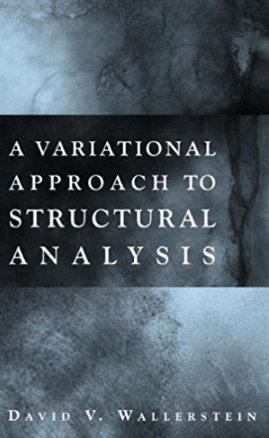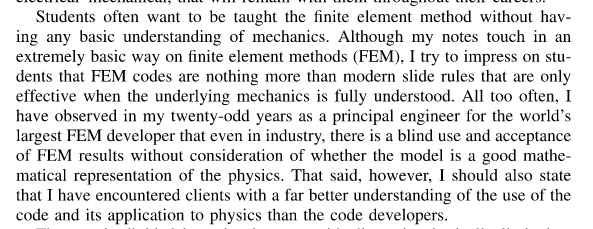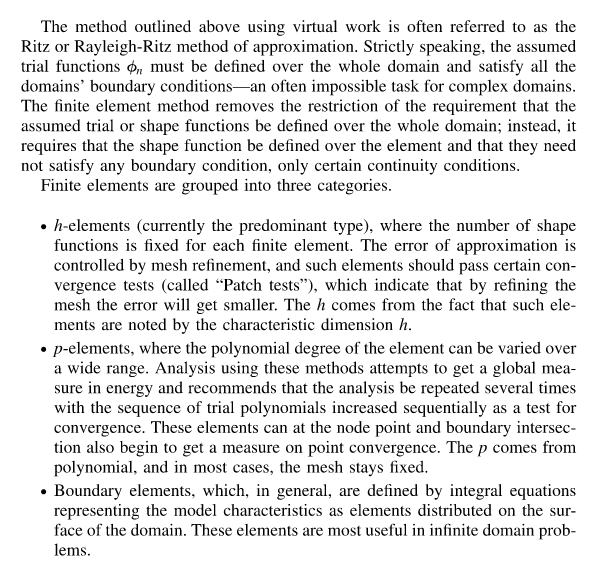1) I always recommend Cook & Malkus for those seeking a moderately deep dive from a practitioner perspective.
2) Things get tougher if one wants a dive so deep that they can actually touch the bottom of the pool with a toe. In that case, I feel that it becomes difficult to escape the need for an understanding of:
a) Variational energy methods and, mostly likely, a bit of variational calculus.
b) Tensor notation and, mostly likely, a bit of tensor calculus.
Shape functions are, after all, primarily devices that allow us to approximate the strain energy of complex systems under deformation in a manner that is computationally tenable.
For a deep dive like this, I've found nothing remotely as good as the Wallerstein book shown below.
I know, this seems like a weird recommendation given that it doesn't have FEM in the title and only mentions it in one of the chapter subsection titles. This is how it should be. All that is FEM really amounts to little more than an application footnote the the grander picture of variational methods. I assure you that a PDF search for "finite elements" and "shape function" in the book turns up a ton of hits, as you would hope.
I've included some clips of the Wallerstein book below so that anyone is interested in it may get a flavor for it.
The Wallerstein book only gets as far into FEM as axially load member systems. However, it dives deeply enough into the development of that version of FEM that it's easy for a reader to imagine the extension of the method to more complicated systems. It's a brilliant presentation in my opinion.





